The Lakeland terrier: 'A hard-working handful'
Defining what makes a Lakeland or a fell terrier can be a challenge, but, whichever it is, it'll be a hard-working handful, advises Adrian Dangar.
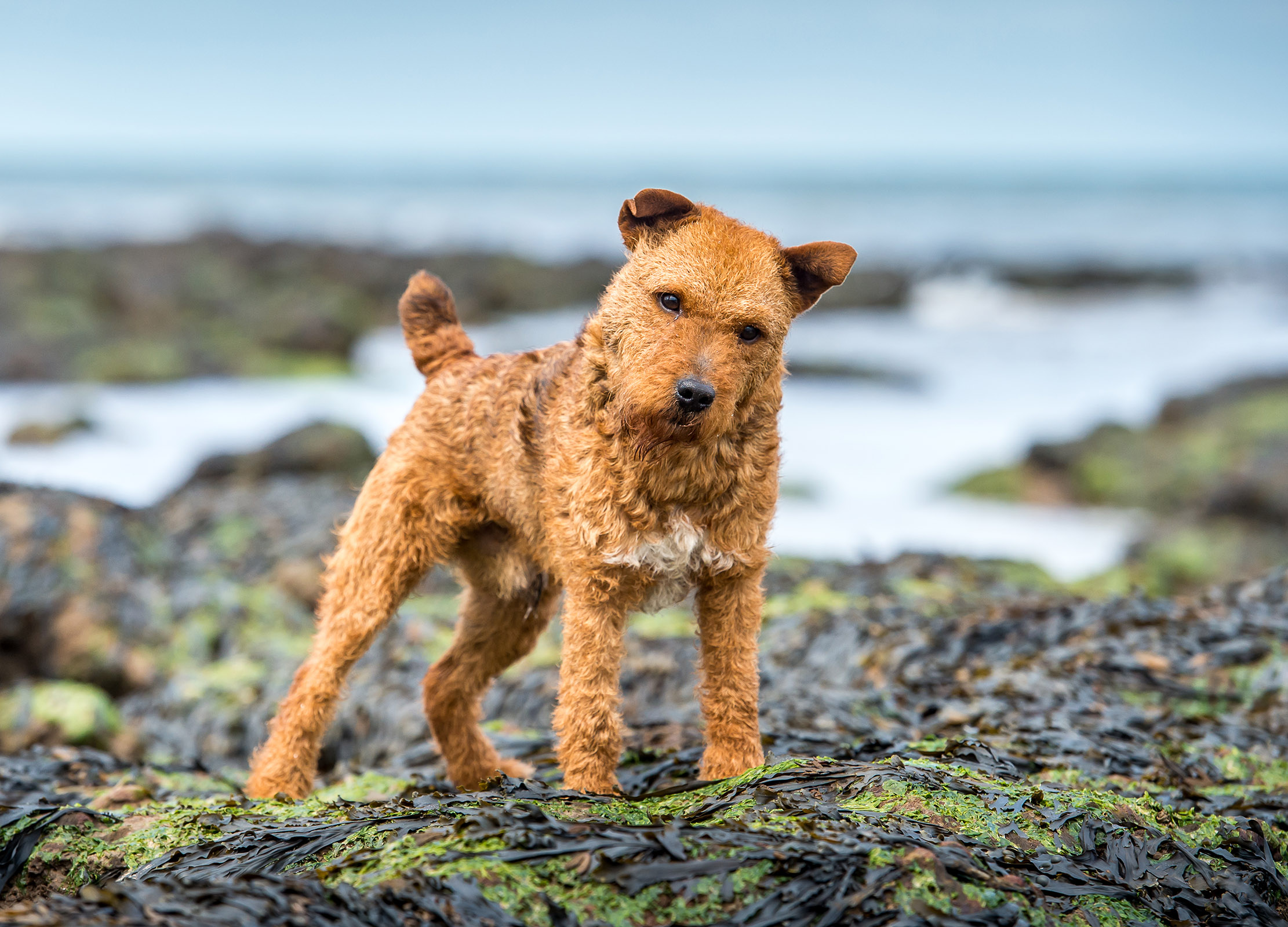

Terriers, often broken-coated and always long in the leg, are tough little workers who were bred for the stamina to run all day in all weathers and the courage to deal with whatever comes at them.
- How to choose the perfect dog for you and your family
- The cutest dog breeds, according to science
- Everything you need to know about the labrador
Their work and unconditional loyalty are celebrated in hunting verses still sung today: ‘Always remember your terriers/protect them from wet and from cold/for the love of a tyke for his master/can never be measured in gold.’

Tommy Dobson founded the Eskdale and Ennerdale hunt in the mid 18th century with light-framed fell hounds famed for their independence and ability to traverse slopes that would spell certain death to their lowland cousins. At the same time, he began developing a suitable stamp of terrier to work alongside his pack by deploying a potent mix of racy Bedlington blood, lines from across the Irish Sea and other game strains of terrier.
The result was a leggy, narrow-chested black-and-tan dog that was able to withstand the harsh Lake District weather thanks to a thick weatherproof coat. The description was agreed at a meeting in Whitehaven in 1921, after which the celebrated Yellow Earl (Hugh Lowther, 5th Earl of Lonsdale) became the first president of the Lakeland Terrier Association. The Association is now defunct, but other organisations including the Lakeland Terrier Club (founded in 1932) are still going strong.
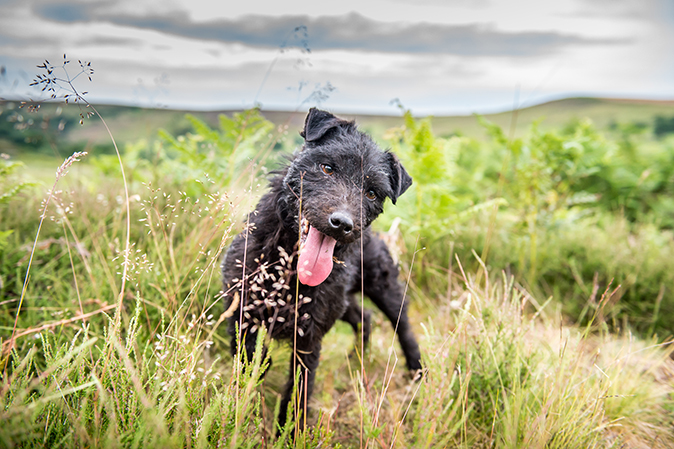
In 1928, the breed was officially recognised by the Kennel Club (KC); working and show strands of the Lakeland terrier have taken divergent courses ever since, with a representative of the showing side, Stingray of Derrybah, triumphing in 1967 as champion at both Cruft’s and the American equivalent.
Although the breeding of KC-registered Lakelands is subject to official scrutiny, other working strains have been judiciously refined over the past century. With little public transport and a slow rural pace of life, many areas of the Lakes boasted their own stamp of terrier, based on the sound principle that every outstanding worker was bred from.
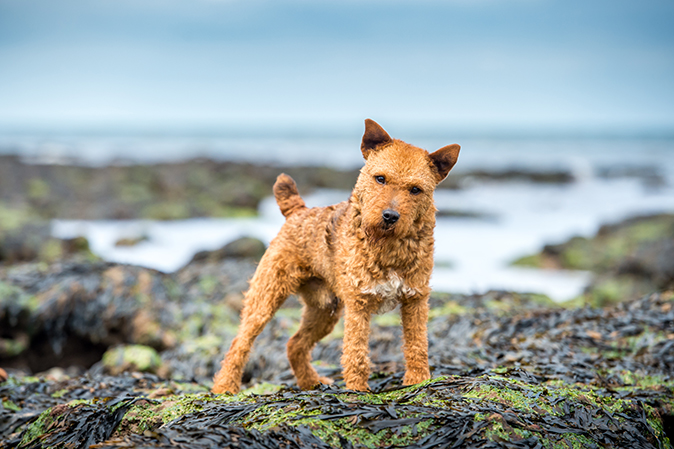
‘Fell breeds are still evolving,’ claims Barry Todhunter, who has spent the past 45 years either whipping-in to or hunting the famous Blencathra foot pack. ‘The typical Lakeland terrier was black and tan, wire-haired and quite a tidy size to get about in rocks. Then, the Patterdale appeared, but, nowadays, any fell terrier that’s black tends to go by that name.’
Exquisite houses, the beauty of Nature, and how to get the most from your life, straight to your inbox.
Mr Todhunter points out there are separate classes for Borders, crossbreds, Jack Russells and Lakelands at Cumbrian terrier shows, including Rydal, where a working-terrier certificate used to be a condition of entry. The Blencathra’s own sporting-dog show is held in May each year at Threlkeld and offers the silver Squire Crozier Cup as the supreme best-in-show trophy. This was won in 2016 by George Norman’s black-and-tan Lakeland terrier bitch Taz.
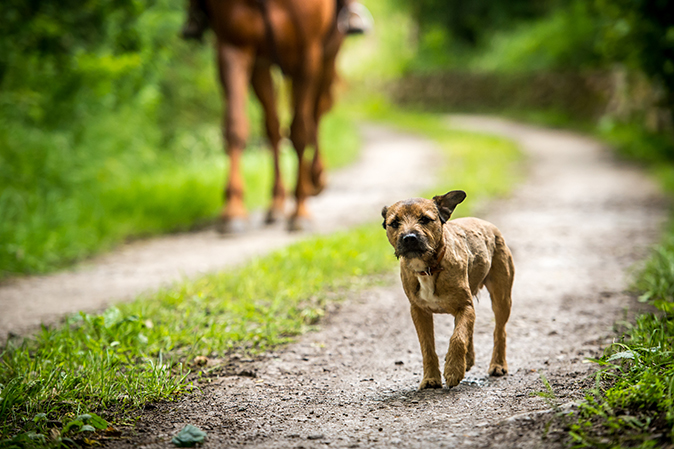
‘My terriers are all workers,’ confirms retired decorator Mr Norman, who walks hound puppies for the Melbreak foxhounds and Blackcombe beagles at his home on the Cumbrian coast. ‘Lots of folk mistakenly claim to have a true Lakeland line, but mine go back to the old school. A Lakeland must be long in the leg and have a narrow front to fit between cracks in the rocks; your thumbs should meet when you span the body above the shoulder...
‘They need a warm jacket, too. That’s a wiry black-and-tan or red top coat with a dense undercoat beneath. A thin-skinned dog would perish up in the fells.’
Mr Norman isn’t a fan of what he terms ‘pedigree Lakies’. ‘Once the KC recognises a breed, it’s gone out of the window,’ he believes. ‘Pedigree Lakies have poor coats, long, weak heads and over-exaggerated conformation. They were still workable dogs in the 1950s and 1960s, but not anymore.’
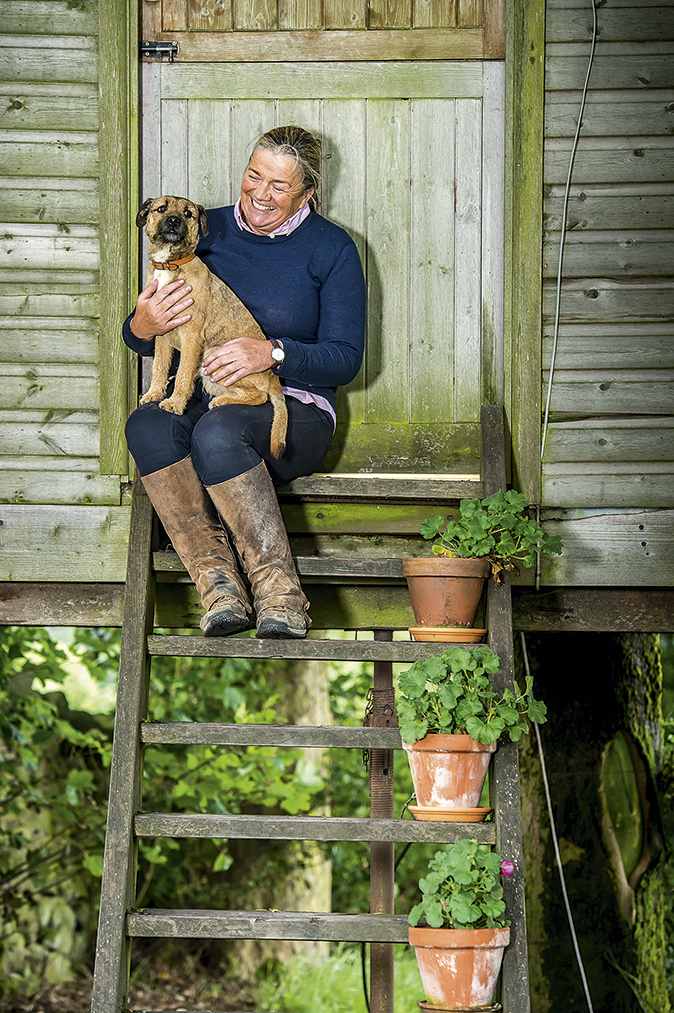
Pete Smith keeps working Lakeland terriers at his hill farm in North Yorkshire, where he assists the Sinnington with legal fox control, although his dogs also have Patterdale blood. ‘Fell terrier is a loose term used when nobody is sure what they are,’ he jokes, ‘but all fell terriers are long on the leg, narrow and hard as nails.
‘My favourite, Kim, is out of a red bitch owned by the Ullswater huntsman John Harrison, he adds. 'Kim sleeps in the house and is good as gold, but she has a brother called Asbo that I wouldn’t trust out of my sight.’
Having owned generations of fell terriers, Dorset fish smoker Mark Firth is only too familiar with the breed’s unruly traits. ‘As soon as a bitch gave birth, she became an absolute head banger,’ he remembers. ‘We now have a Lakeland-labrador cross called Marmite that’s perfect — she’s fast enough to get there, but too gentle to know what to do when she does.’
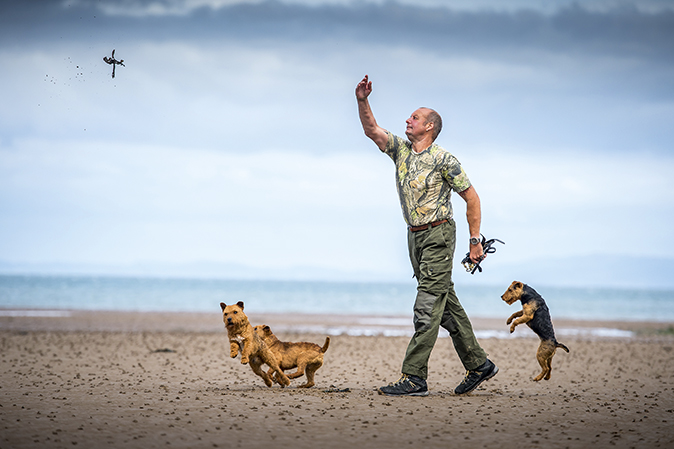
Mr Firth points out that fell and Lakeland types are usually the countryman’s first choice for a working terrier. ‘Unlike other breeds, they haven’t become gentrified,’ he observes. Said to be ‘mad on quad bikes and pigs’, a broken-coated black Patterdale named Porter is an exception to this generalisation. ‘Porter happily attacks the wheels of my quad bike, nips the heels of our pedigree shorthorns and accompanies me when I go running on the fell,’ admits the Yellow Earl’s great-great-nephew Charles Lowther, who believes Porter’s rough coat is a legacy from Lakeland descent.
‘I got him from John Harrison when I succeeded my father as president of the Patterdale show. Jack Russells were a bit yappy for my liking and, although fell terriers have a reputation for being aggressive, Porter is a regular visitor to my pub near Penrith and is very good with people. He’s never been to ground, but is utterly fearless.’
Charlotte Campbell owns a Lakeland-Border cross that she obtained after putting her hand into a nest box and picking up a rat instead of an egg. ‘Ted was the first small dog I’ve ever owned,’ she explains. ‘When he arrived, I carried him around in my coat like a baby. He grew up to be absolutely brilliant and killed all the rats - I was so excited that I kept the body of the first one for a week.
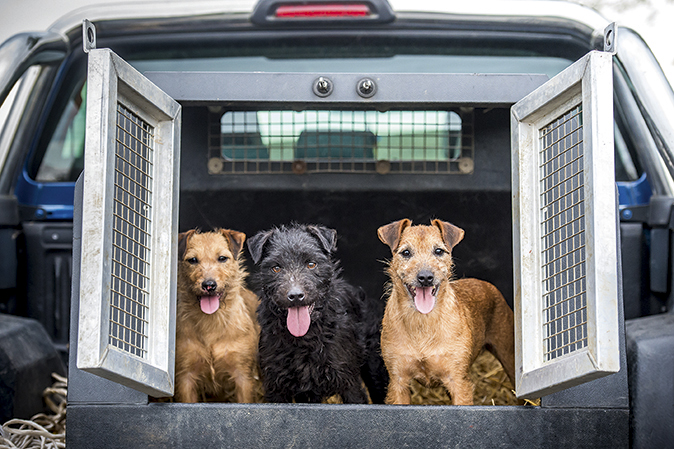
‘The only trouble was, as soon as he’d polished off the rats, he started on the hens,’ Mrs Campbell confesses. ‘He now concentrates on moles and bunnies, but sleeps in my bed at night and regularly runs off. The local gamekeeper is always letting Ted out of snares, but I love him to bits.’
It’s probably just as well that the Campbells’ smallholding adjoins thousands of acres of open Lancashire fell. ‘All the locals know me as the woman with the little dog,’ she concludes. ‘I couldn’t recommend a fell terrier more highly - but they can be hard work and need lots of exercise.’ You have been warned.
This article was first published in Country Life in 2017.
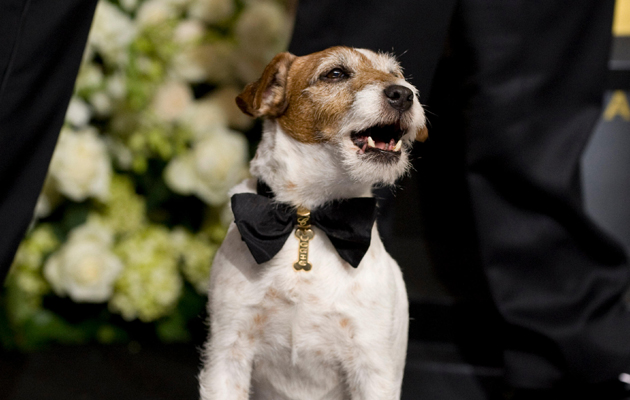
8 famous Jack Russell terriers (and their owners)
Top terriers.
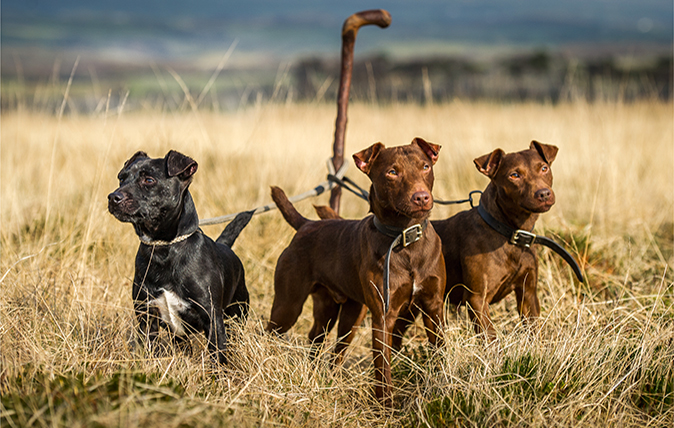
Presenting the Patterdale terrier
The Patterdale terrier is a tough, hardy, beautiful dog bred in the Lakeland fells, with a doughty character and a
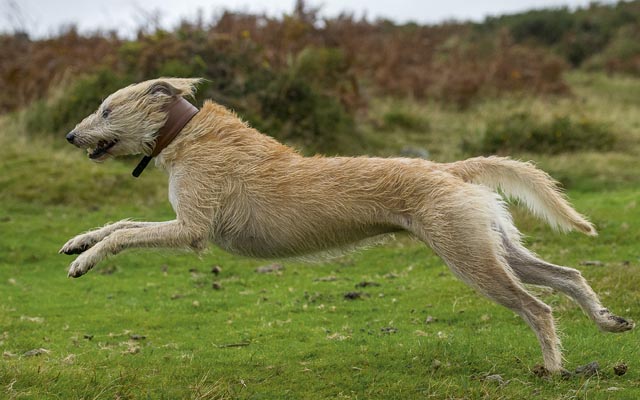
For the love of lurchers
We discovers why lurchers are one of life's guilty pleasures.
Country Life is unlike any other magazine: the only glossy weekly on the newsstand and the only magazine that has been guest-edited by His Majesty The King not once, but twice. It is a celebration of modern rural life and all its diverse joys and pleasures — that was first published in Queen Victoria's Diamond Jubilee year. Our eclectic mixture of witty and informative content — from the most up-to-date property news and commentary and a coveted glimpse inside some of the UK's best houses and gardens, to gardening, the arts and interior design, written by experts in their field — still cannot be found in print or online, anywhere else.
-
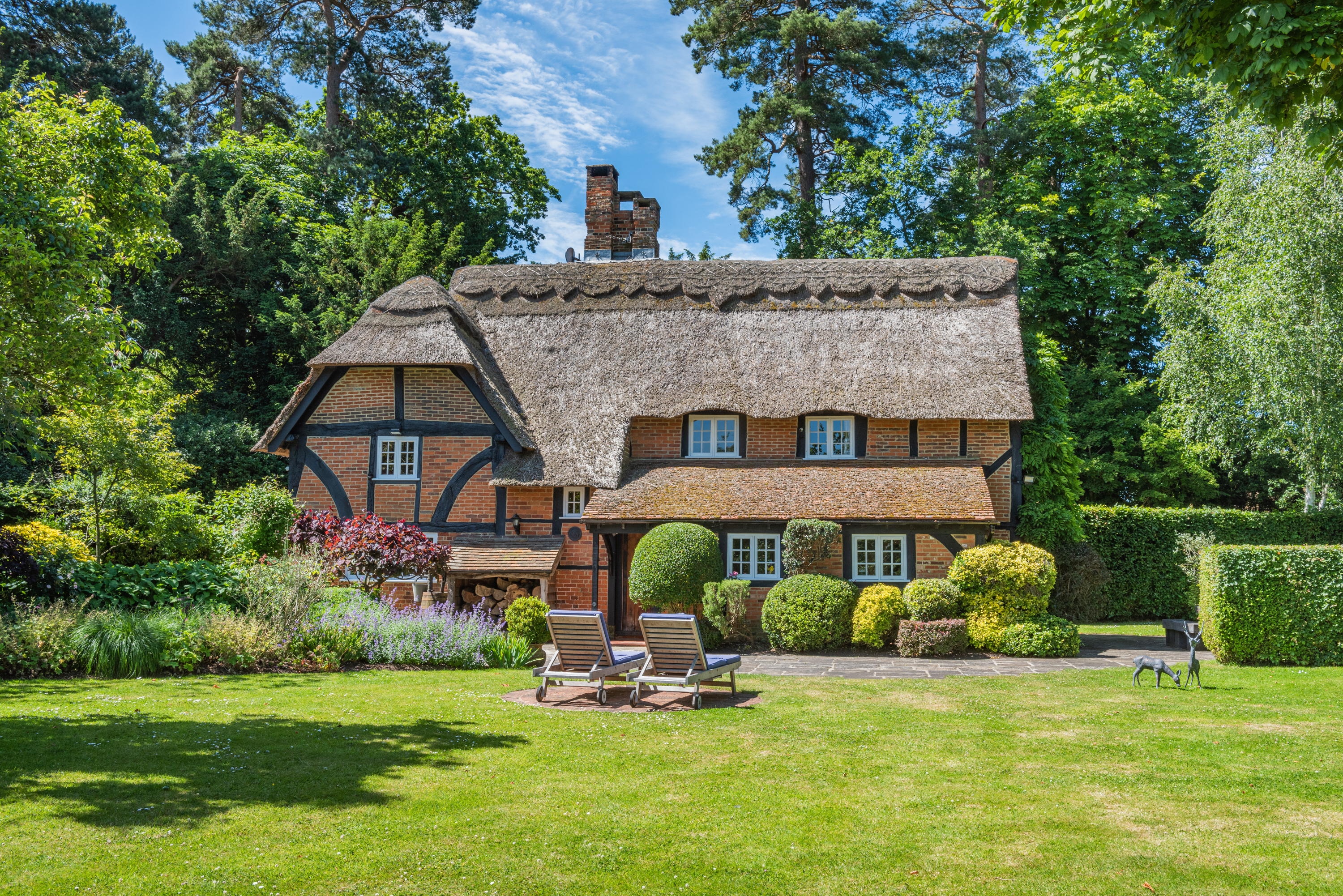 A billionaire's thatched cottage is for sale in Surrey, once owned by the oil magnate J. Paul Getty
A billionaire's thatched cottage is for sale in Surrey, once owned by the oil magnate J. Paul GettyChestnut Cottage is a joyous little home — albeit one with the most unusual bedrooms to acreage to price balances we've ever seen. Toby Keel takes a look inside.
-
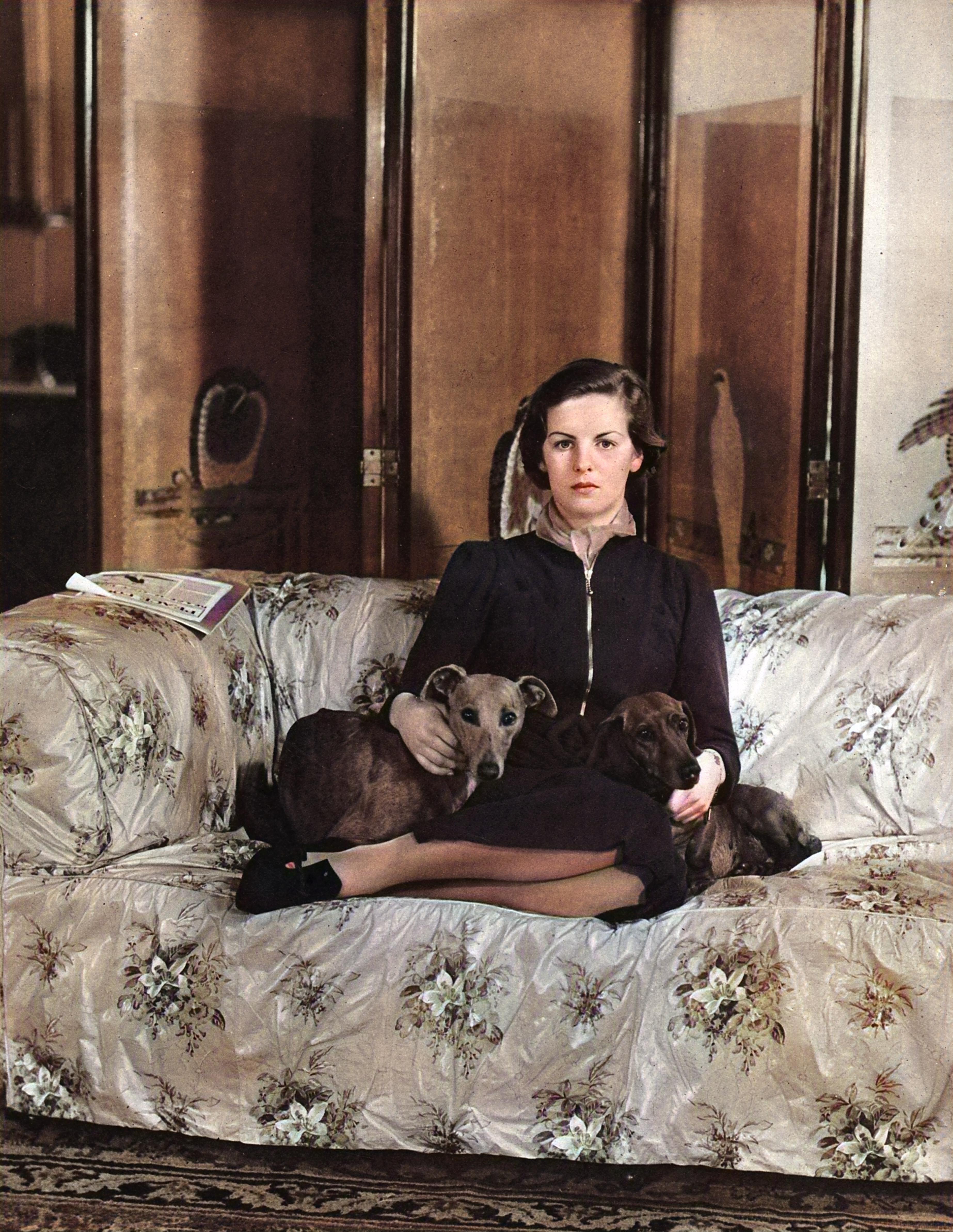 Debo Mitford on her childhood at Asthall Manor, from Nancy's 'coming out' dance to Unity's peach-pinching ways
Debo Mitford on her childhood at Asthall Manor, from Nancy's 'coming out' dance to Unity's peach-pinching waysThe Dowager Duchess of Devonshire looks back on her childhood in the Cotswold idyll of Asthall Manor.
-
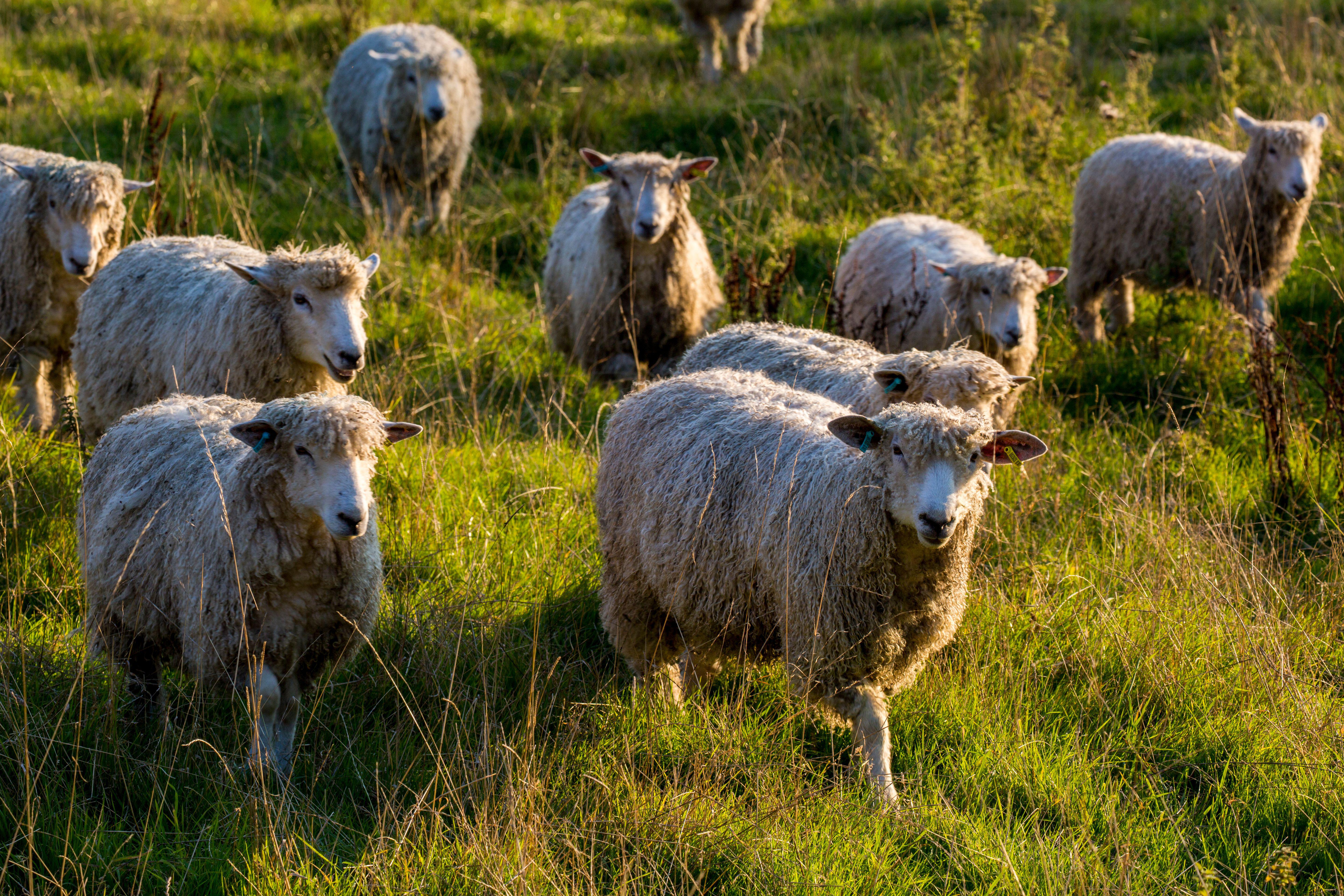 ‘People would rather buy 20 synthetic jumpers than a woollen one that would last them a lifetime’: The British wool trade today
‘People would rather buy 20 synthetic jumpers than a woollen one that would last them a lifetime’: The British wool trade todaySheep shearing was king in the middle ages, writes Lotte Brundle, but the rise of synthetic fibres put the industry in a woolly position. How is it faring now?
-
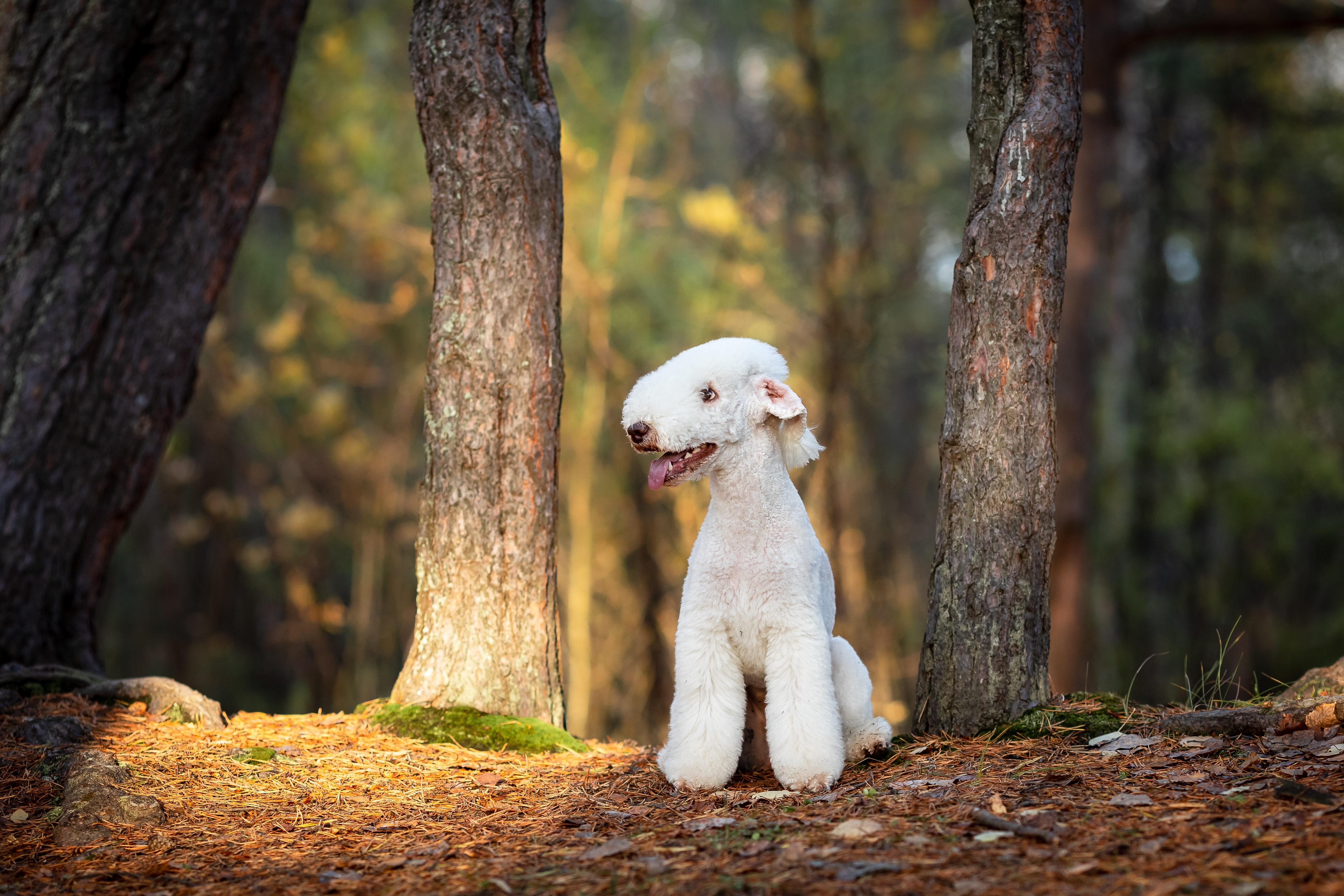 Bedlington terriers: The rare dog breed that conquered the coal mines and made it to Crufts
Bedlington terriers: The rare dog breed that conquered the coal mines and made it to CruftsThe Bedlington terrier originated in the mining towns of Northumberland, and while it might look like a lamb, it’s got the heart of a lion.
-
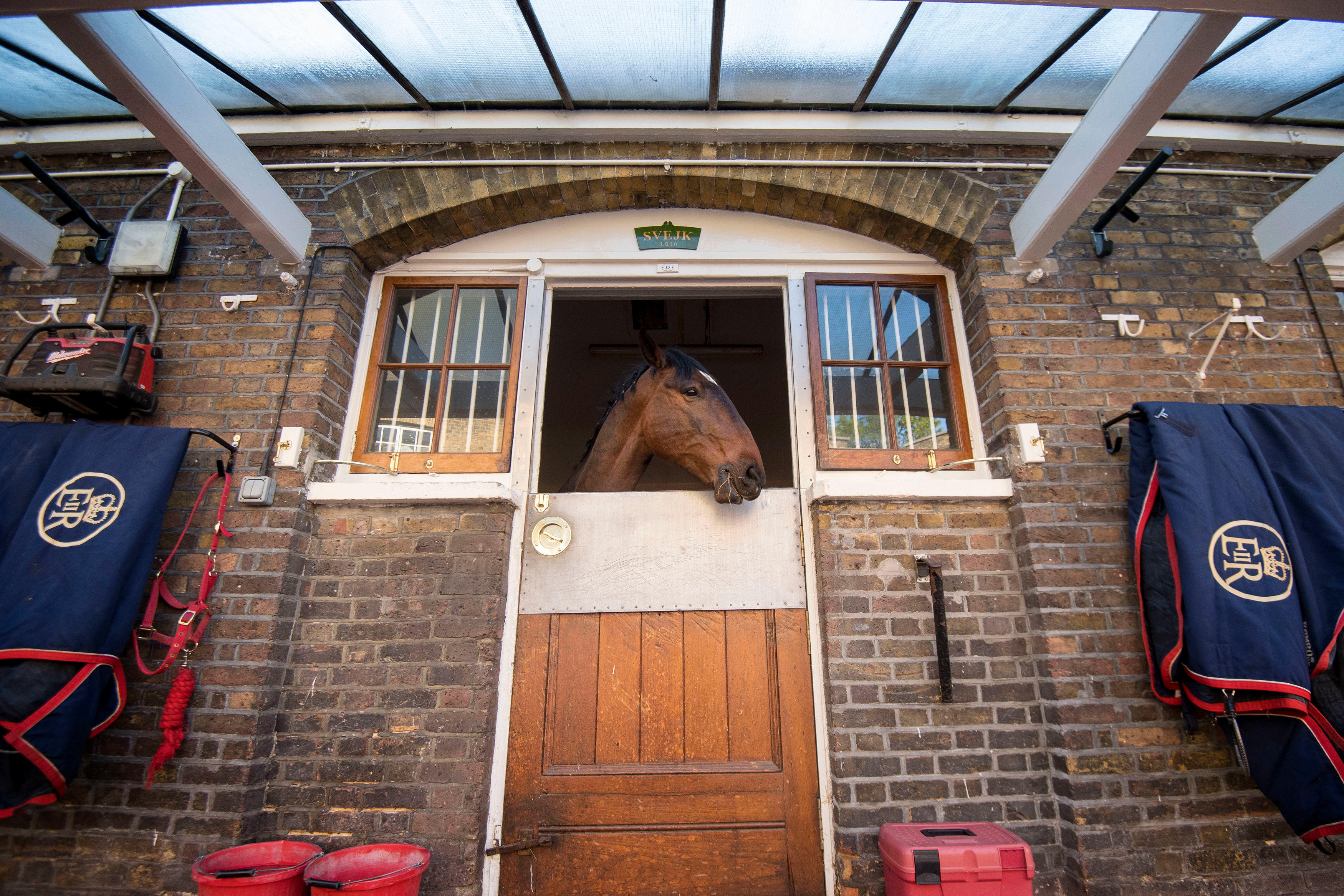 'A world within a world… a community with an identity, a smoothly turning cog in the wheel of royal life': A look behind the stable doors of the Royal Mews
'A world within a world… a community with an identity, a smoothly turning cog in the wheel of royal life': A look behind the stable doors of the Royal MewsHome to carriages, coachmen and craftspeople, Buckingham Palace’s Royal Mews is a village in the heart of London. It celebrates its 200th anniversary this year.
-
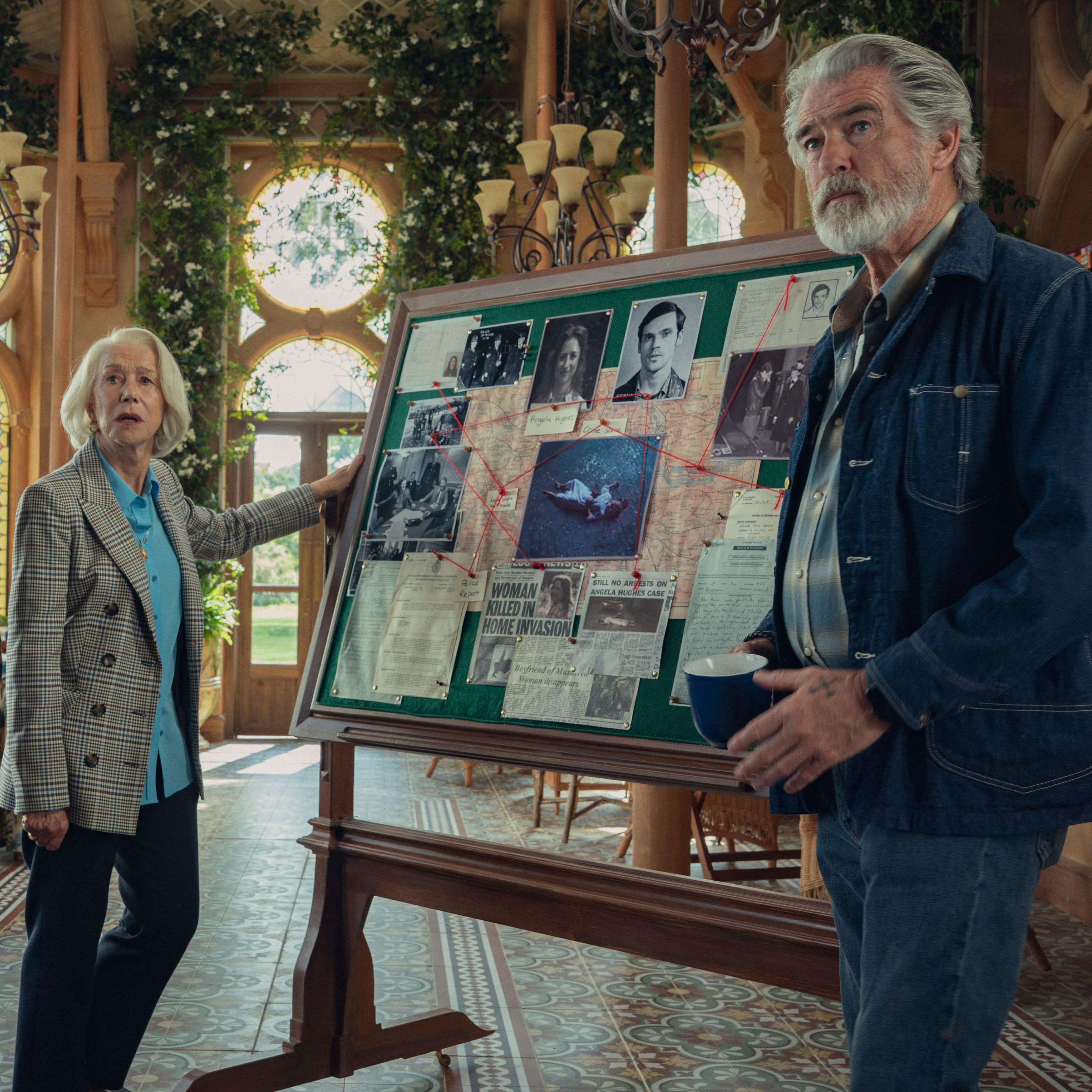 ‘We couldn’t go around digging holes in existing graveyards for fear of exhuming a real body’: The man who brought The Thursday Murder Club to the big screen
‘We couldn’t go around digging holes in existing graveyards for fear of exhuming a real body’: The man who brought The Thursday Murder Club to the big screenLotte Brundle caught up with James Merifield, the production designer behind the new Netflix film adaptation of the Richard Osman novel, to chat about the murder mystery.
-
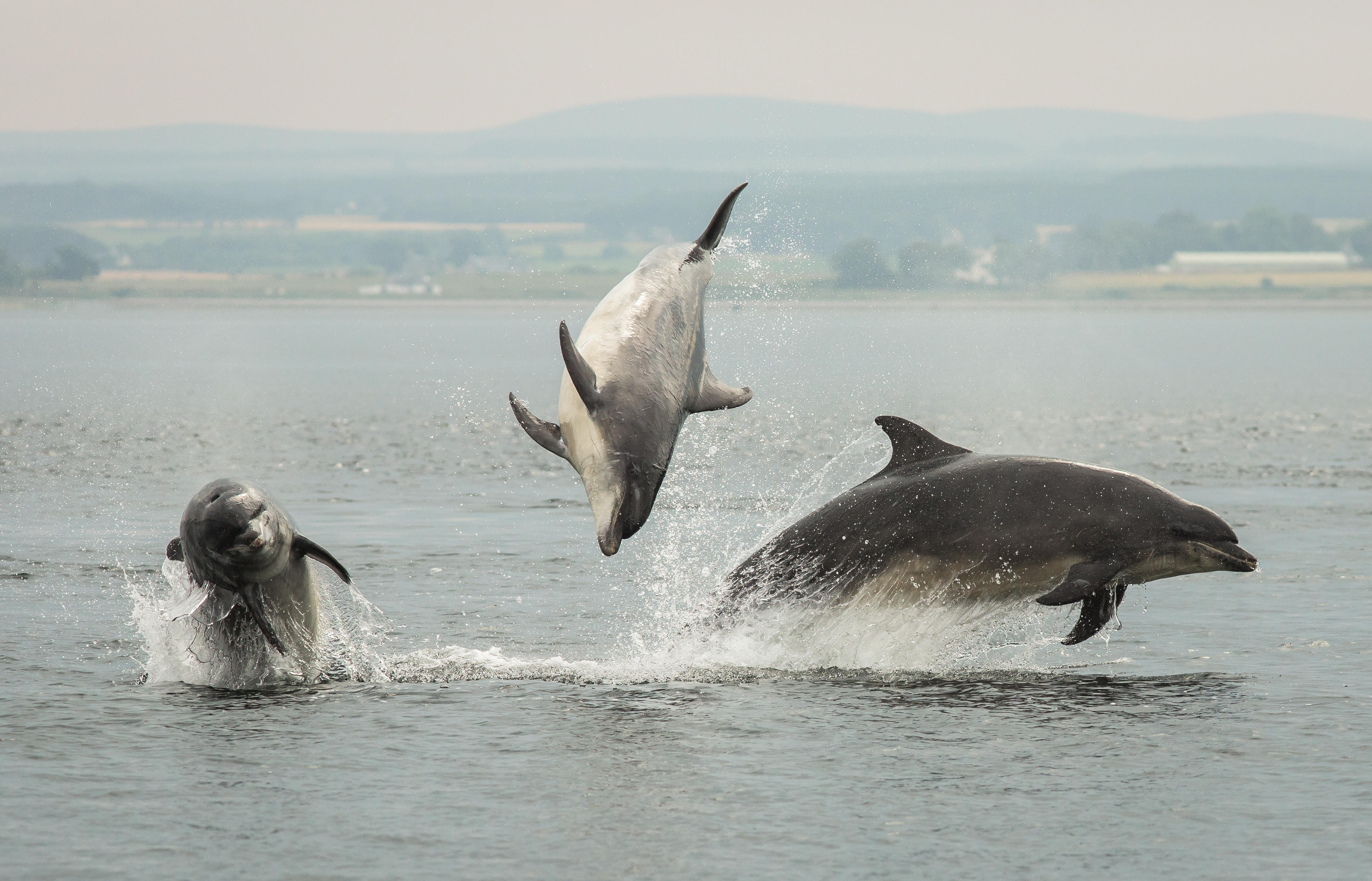 What everyone is talking about this week: The great porpoise panic
What everyone is talking about this week: The great porpoise panicWeek in, week out, Will Hosie rounds up the hottest topics on everyone's lips, in London and beyond.
-
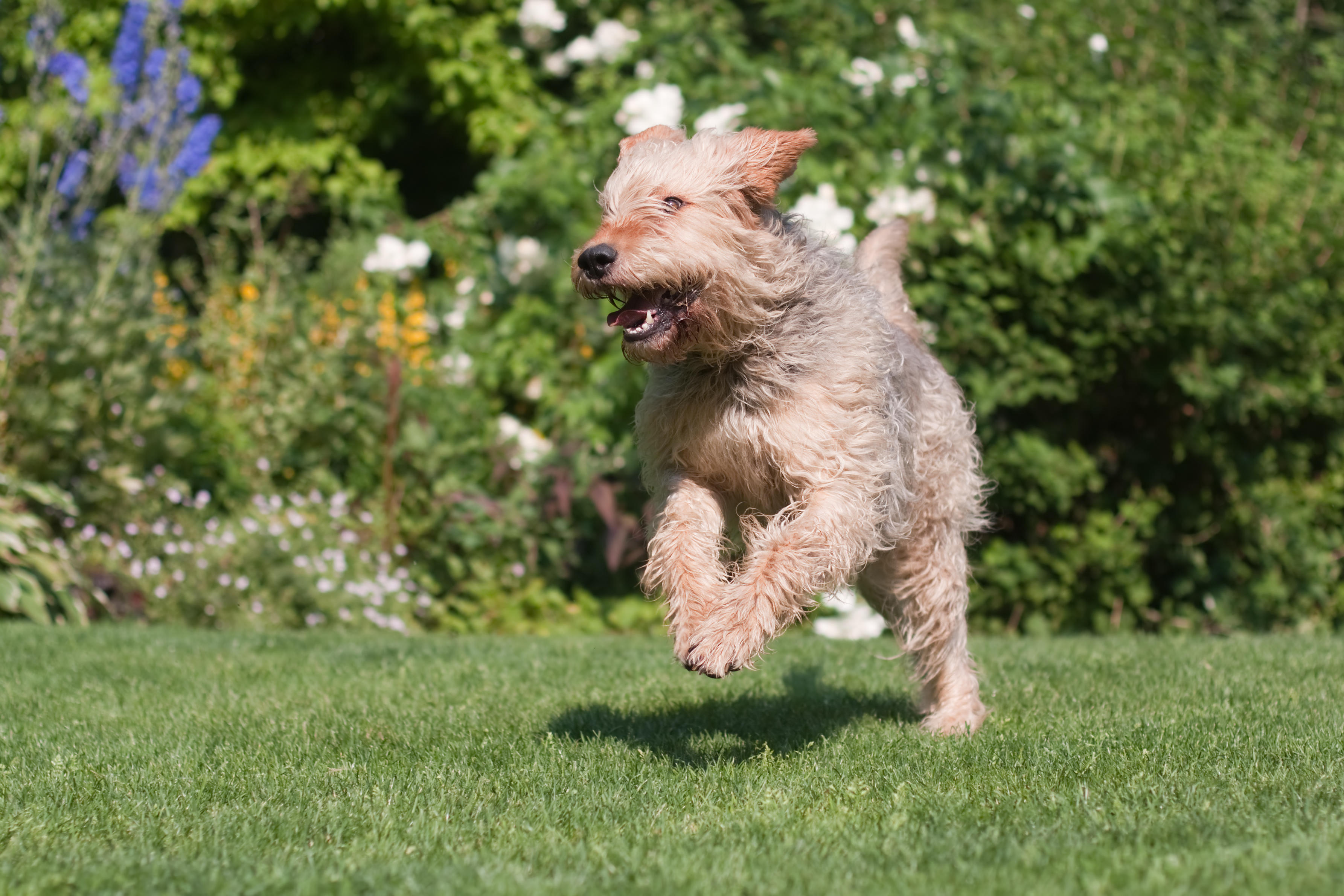 The otterhound — the story behind Britain's rarest breed of dog
The otterhound — the story behind Britain's rarest breed of dogBred for centuries to hunt otters in icy rivers, these shaggy, web-footed hounds were once favoured by royalty. Today, fewer than 1,000 survive worldwide.
-
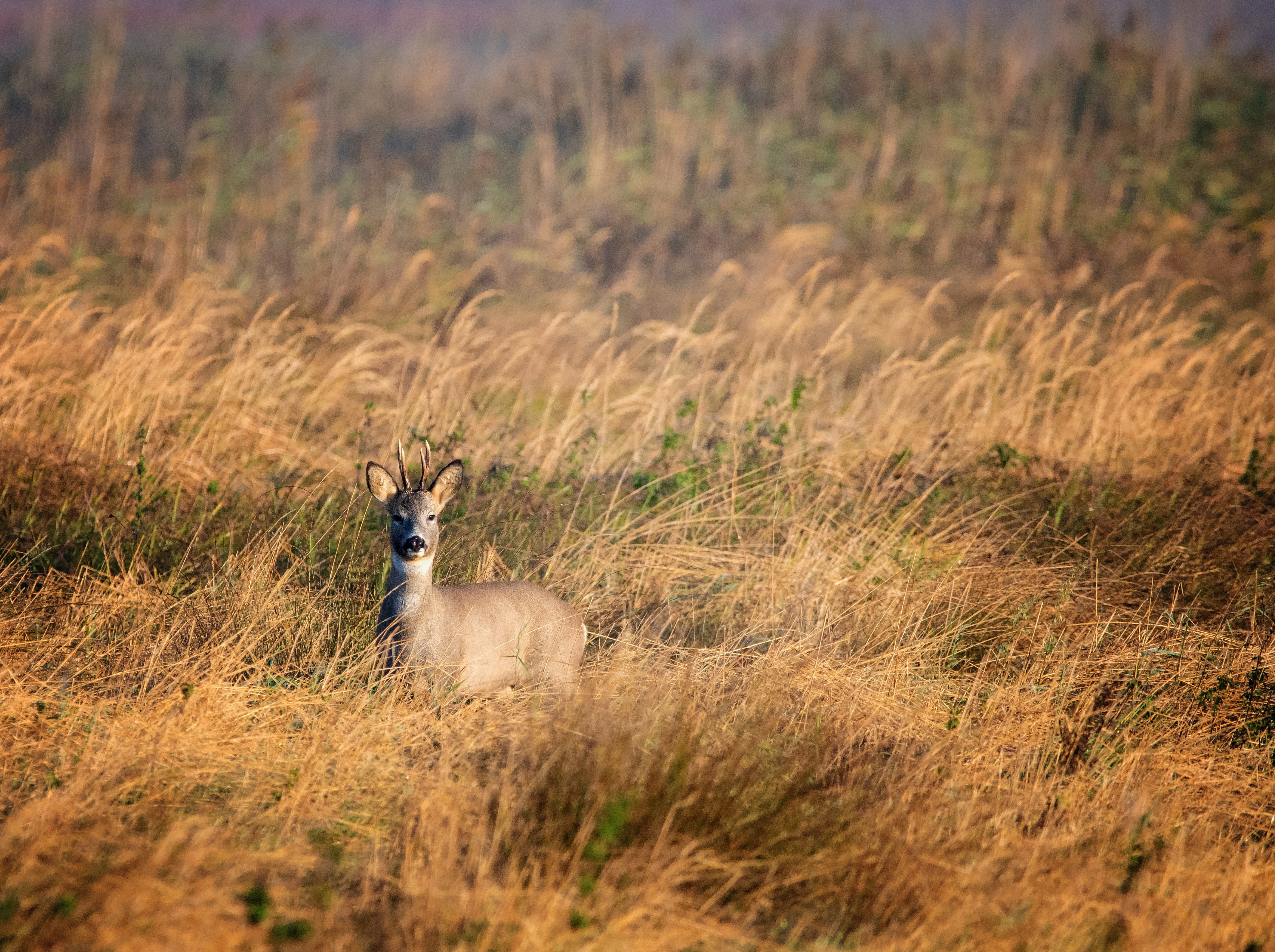 One by one: The lone wolves of the animal kingdom
One by one: The lone wolves of the animal kingdomMankind may be tribal and sociable by nature, yet the ‘bliss of solitude’ — a state previously reserved for hermits — is the key to achieving inner peace, says Laura Parker
-
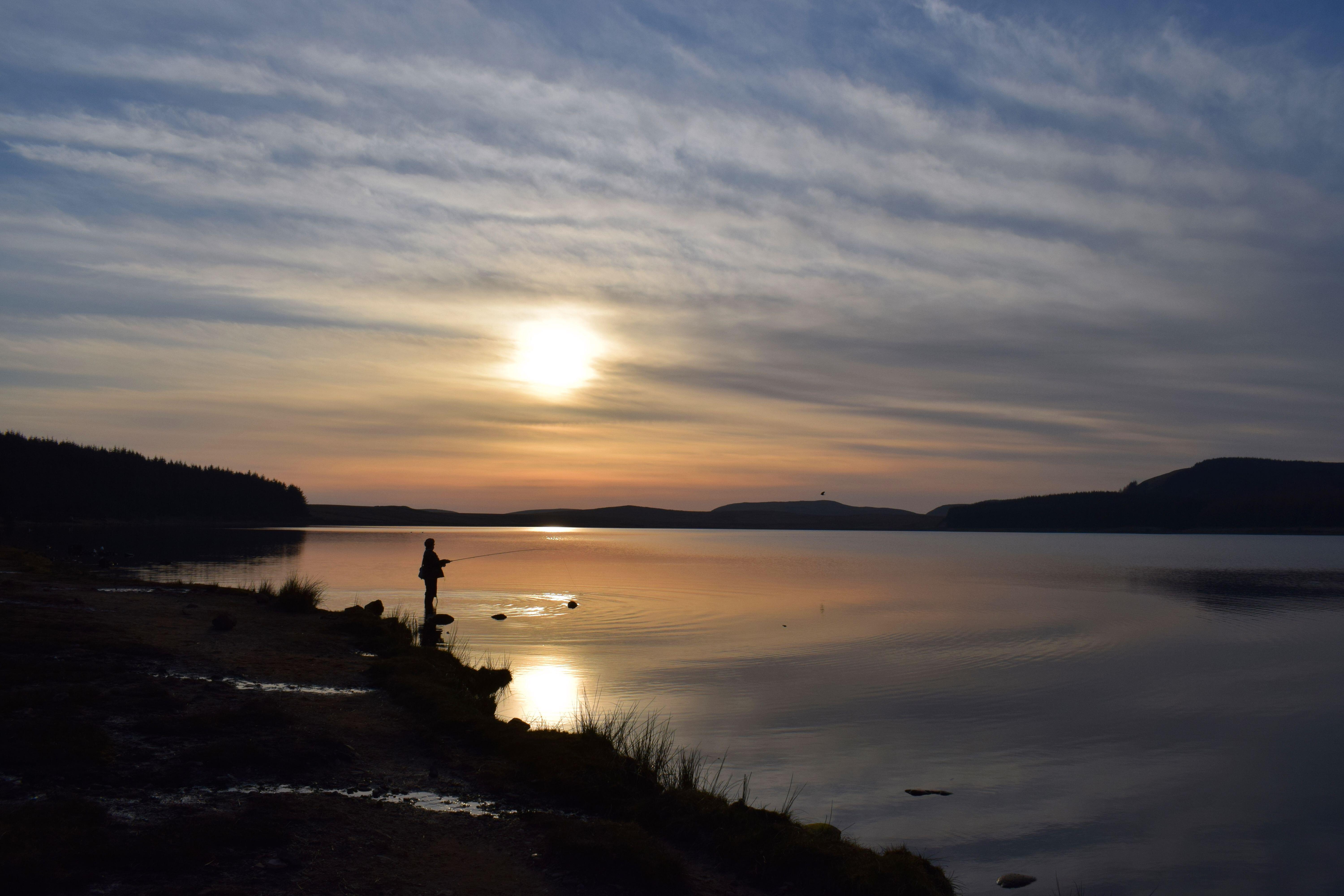 If there's no fish, there's no fishing, with Robin Philpott
If there's no fish, there's no fishing, with Robin PhilpottThe CEO of Farlows joins the Country Life Podcast.
